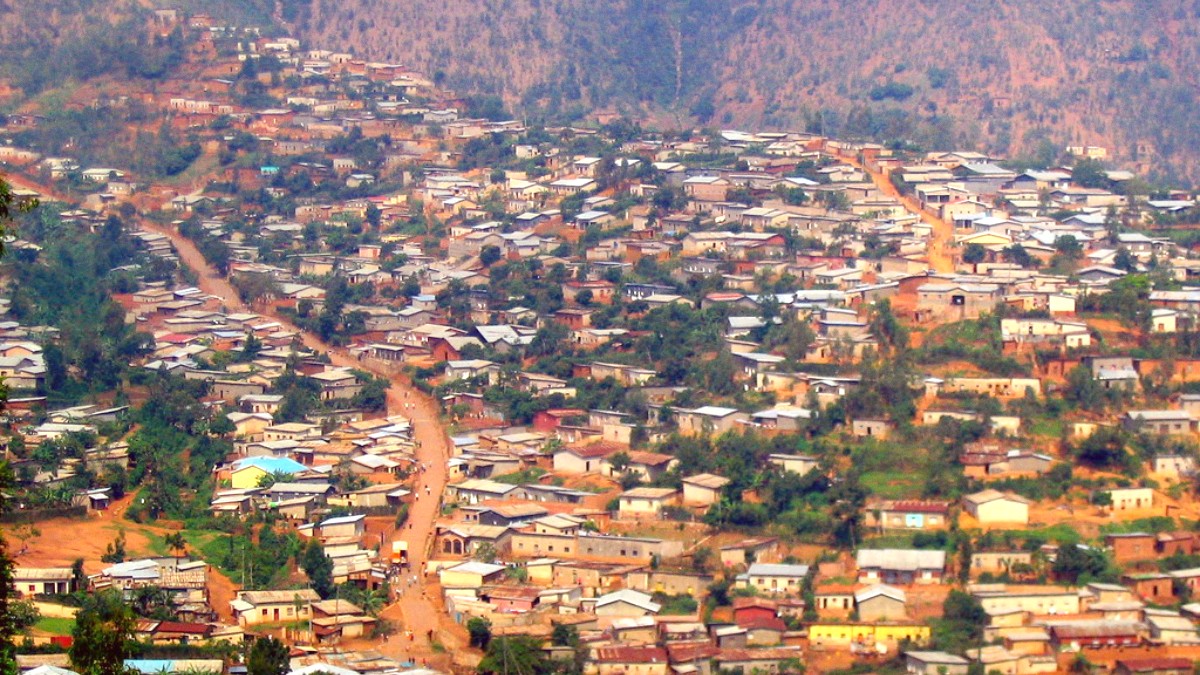
Rwanda
Kigali's public bus system offers an affordable and organized way to travel across the city. The Rwanda Utilities Regulatory Authority (RURA) regulates it, and private companies operate it.
The network is extensive, connecting all major neighborhoods, commercial centers, and residential areas. Buses are generally clean and well-maintained.
Essential for bus travel. Fares are distance-based (RWF 400-600).
Ask locals or bus attendants for route guidance. Many speak English.
Public buses are generally not wheelchair accessible.
White with yellow stripe, "Taxi" sign. Negotiate fare before starting. Cash preferred.
RWF 3,000 - 10,000 for short rides. Fares higher at night.
Most popular ride-hailing app (Yego Moto, Yego Cabs) with transparent pricing.
Always confirm fare. For moto-taxis, wear the provided helmet.
For independent travel or specific adventures, rental options are available.
Kigali is clean with sidewalks in many areas. Hilly terrain makes walking strenuous but offers views.
Nyamirambo Women's Center offers guided walking tours for cultural immersion. Self-guided walks are possible.
Limited dedicated infrastructure. Cycling on main roads is challenging. Be aware of traffic.
Kigali does not feature highly specialized transportation systems common in some other cities, but it does have specific transport for tours or unique needs.
Some newer, higher-end hotels may have accessible rooms and facilities.
Inquire ahead of time.
Travelers needing accessibility services consider arranging specialized assistance.
Coordinate with tour operators.
Plan tours that can accommodate specific mobility needs.
Customized experiences.
Kigali provides diverse transport for every traveler's preference.
Choosing the right mode for your daily needs and safety standards makes for a comfortable and memorable journey.